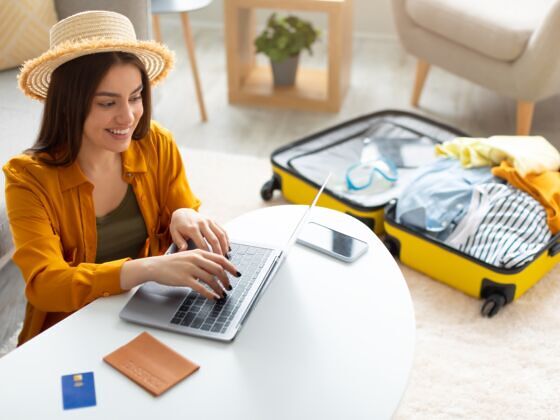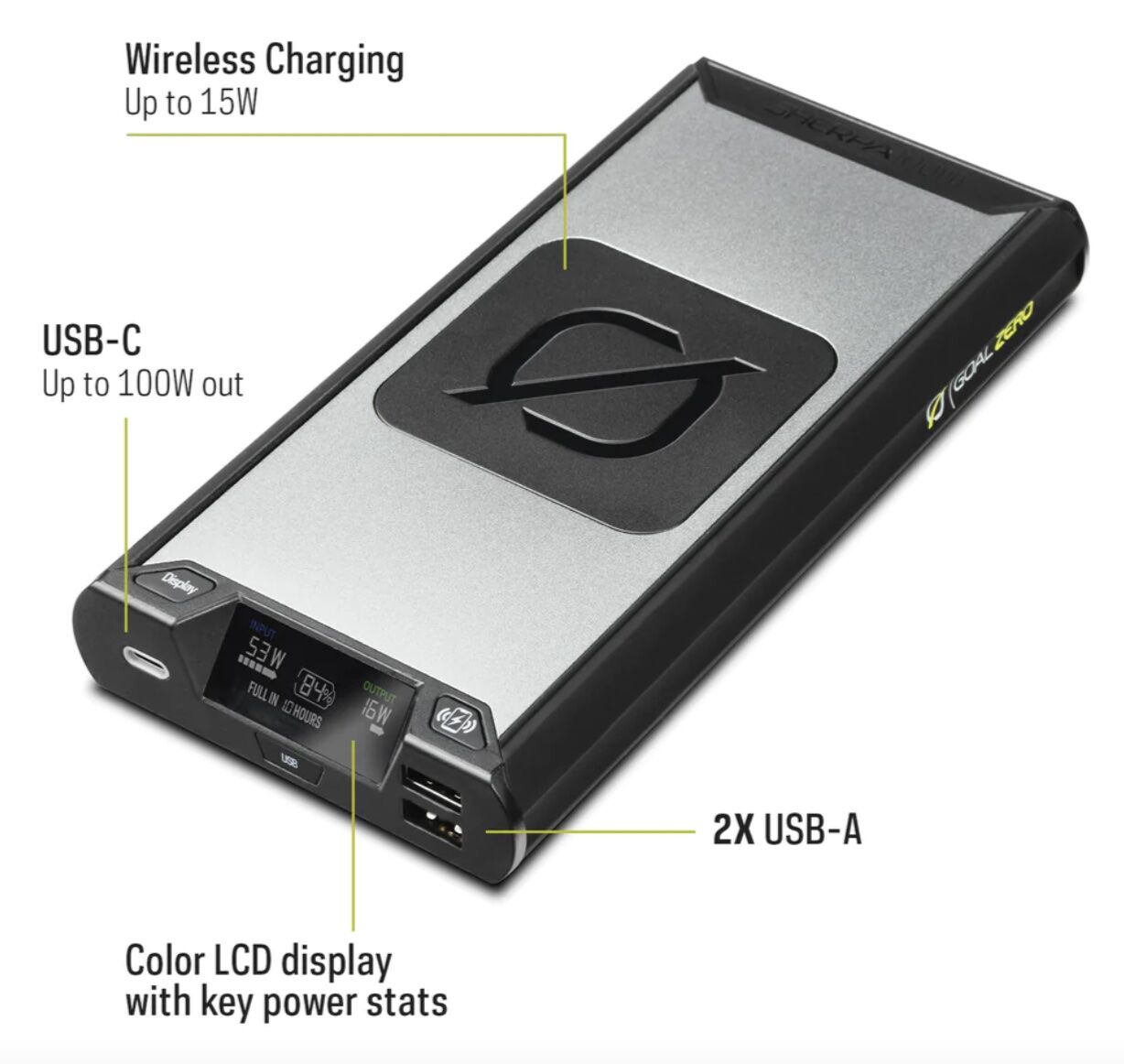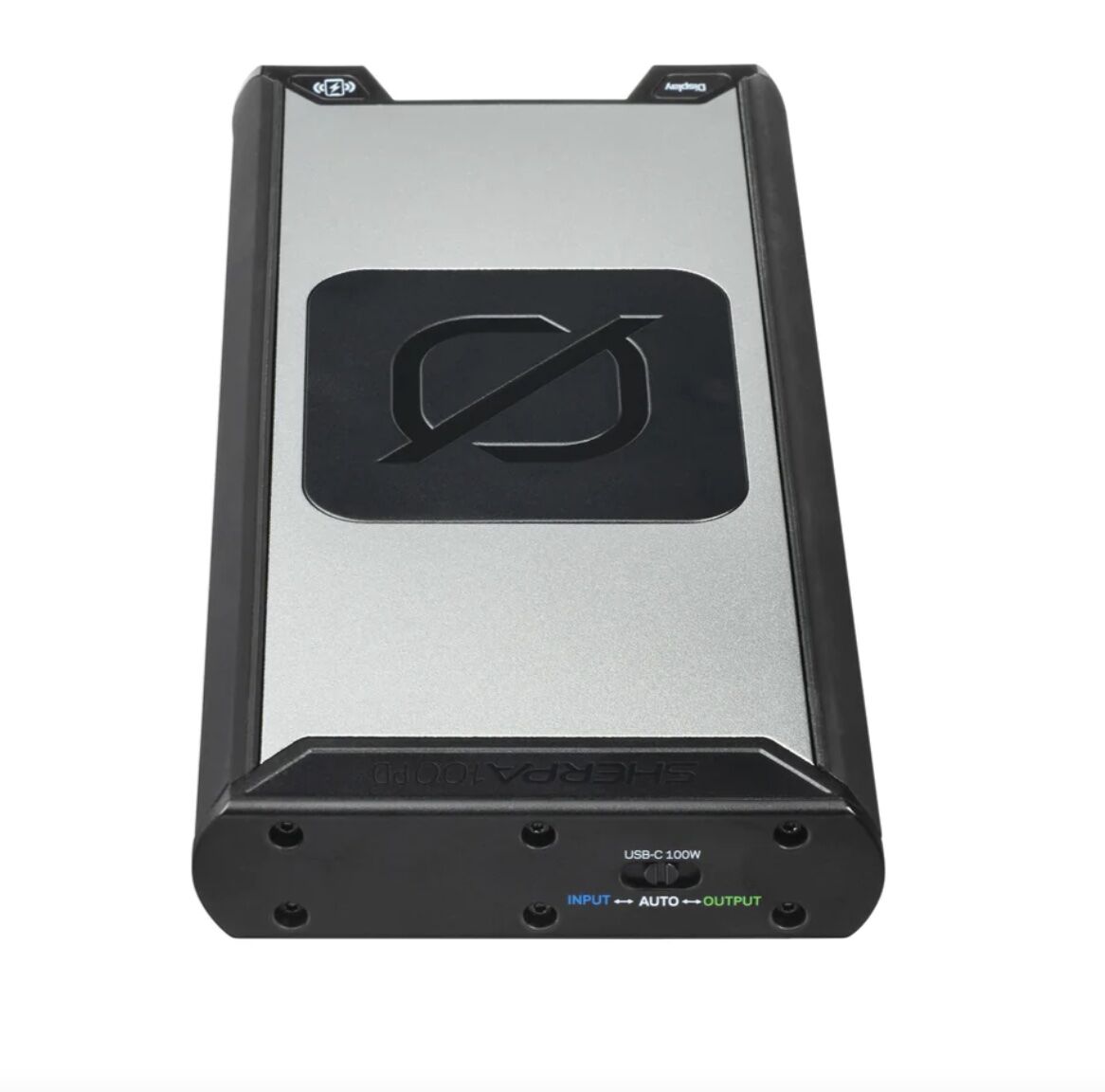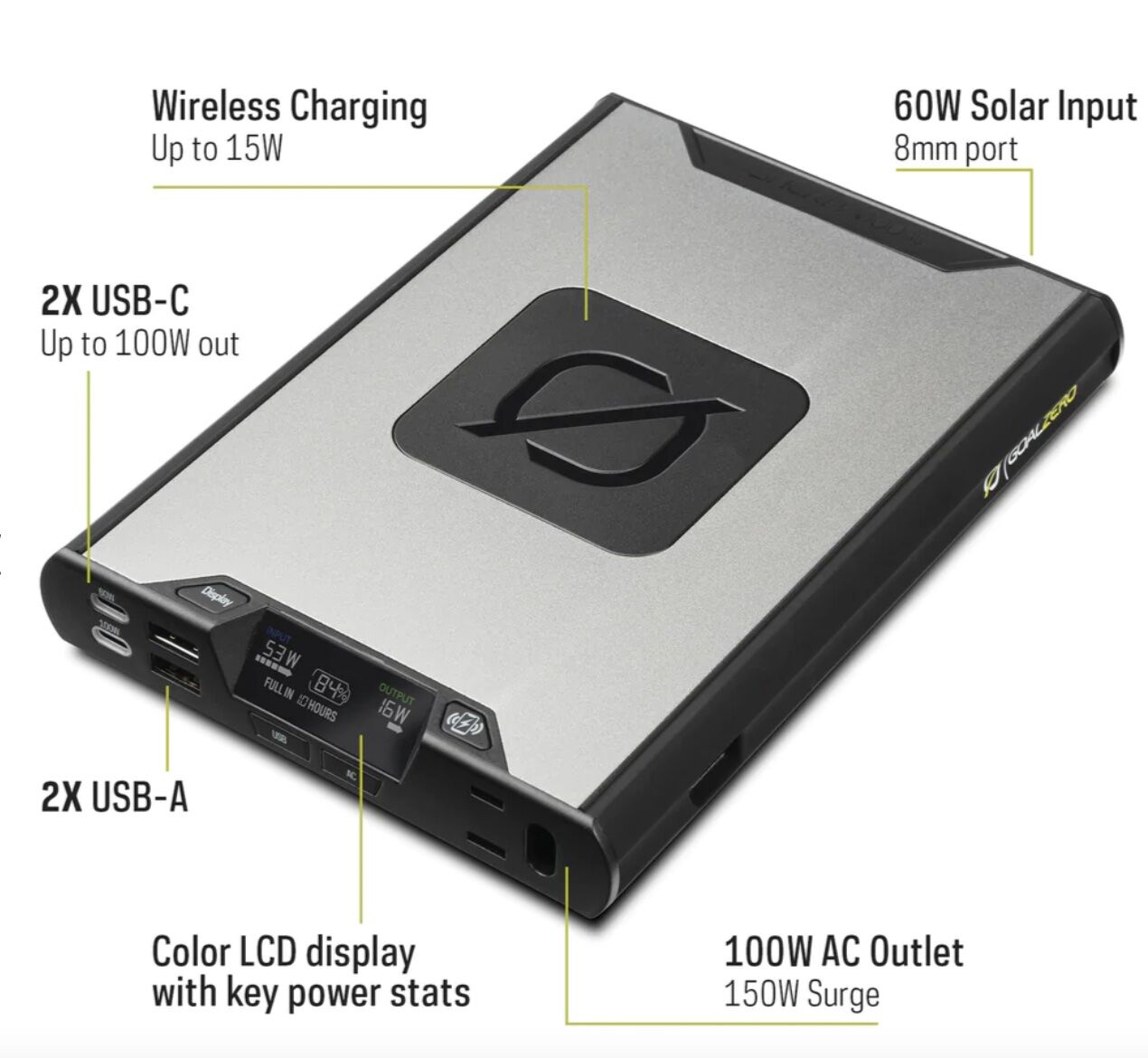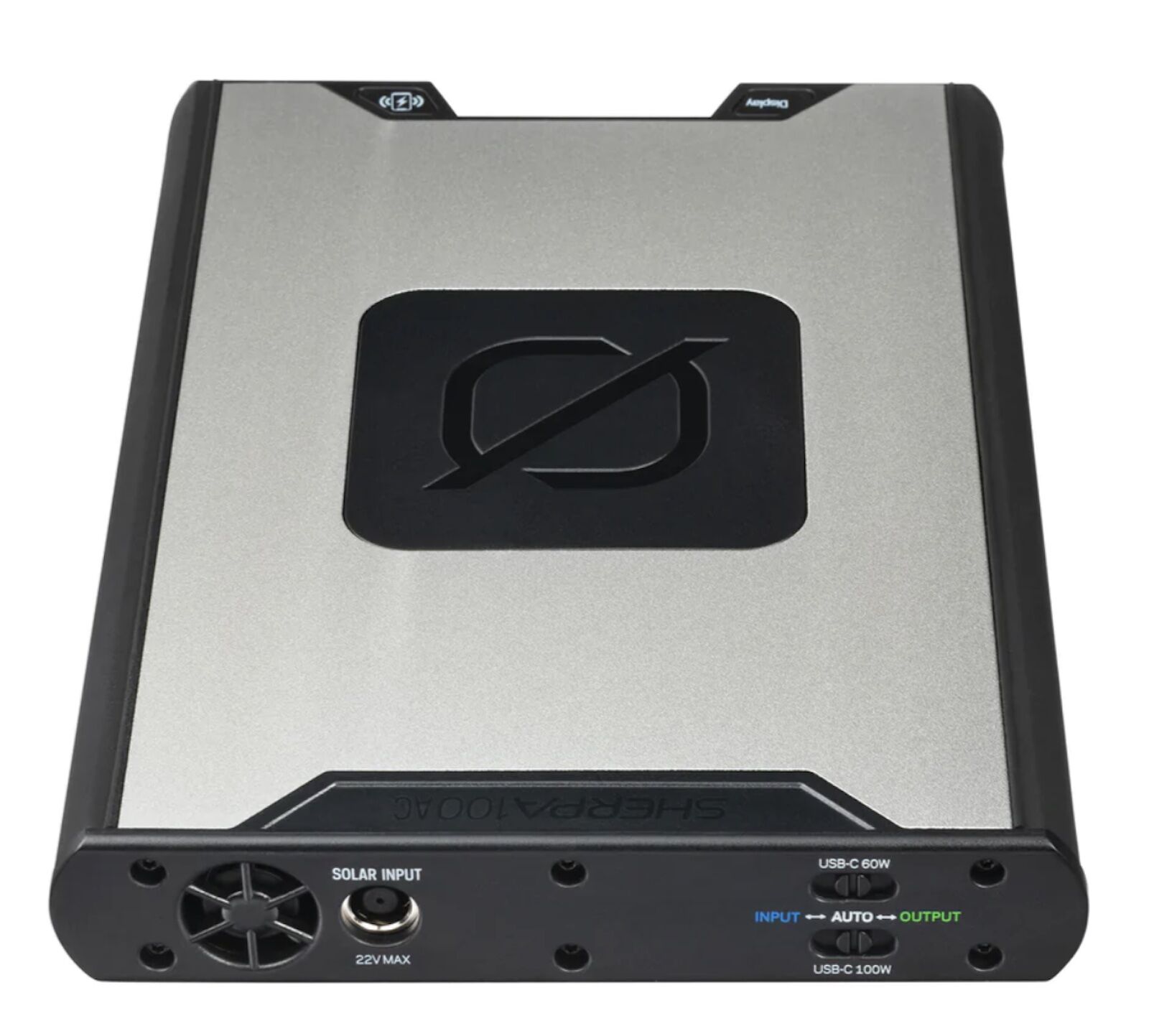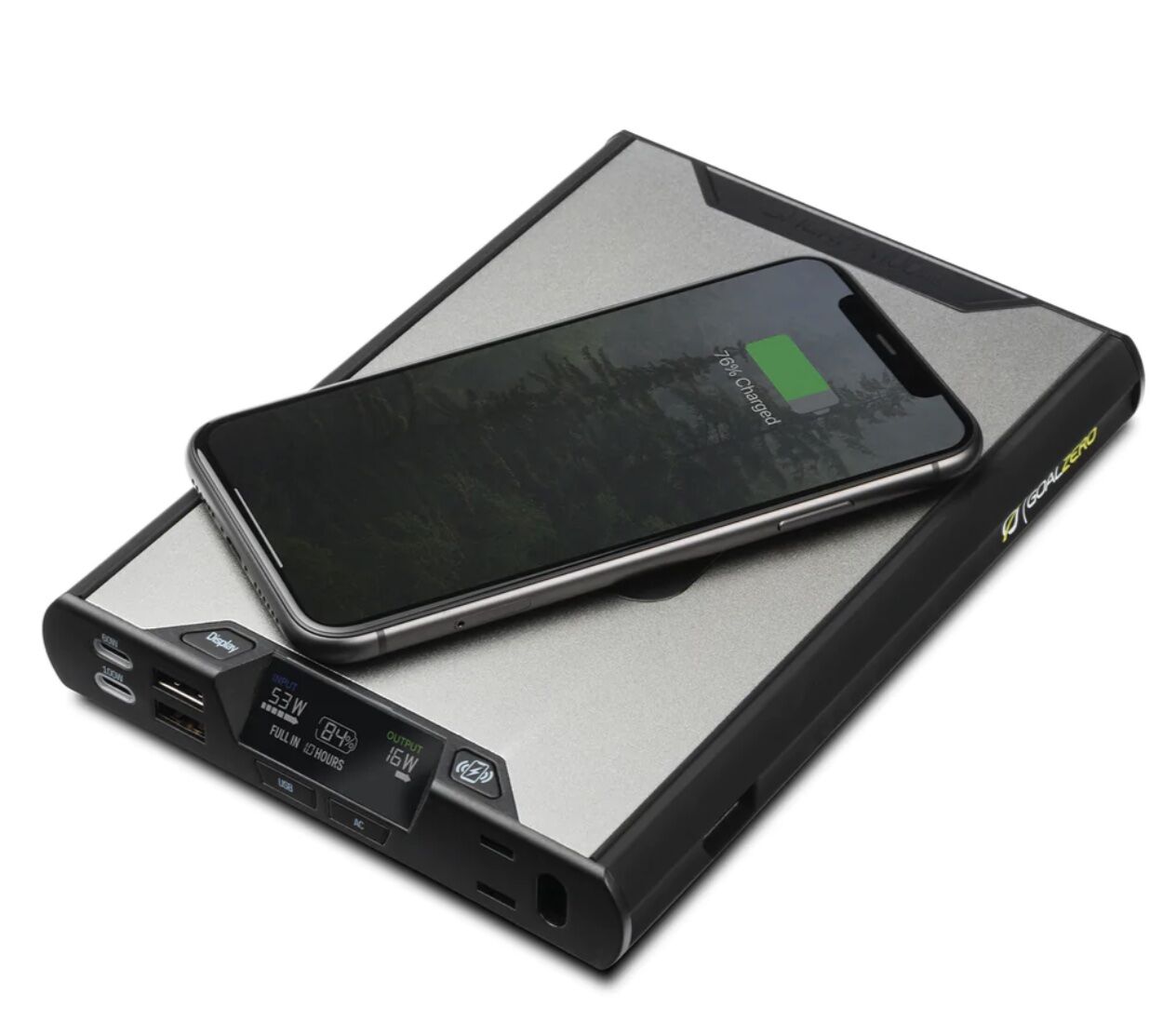Among the more frustrating aspects of travel is keeping your electronic devices charged while on the go. Sure, there are those cheap portable battery banks that can keep a phone alive during a long-haul flight or an overnight camping trip, but when you’re away from electricity for days at a time, most aren’t reliable even for keeping a smartphone alive. Let alone a laptop, satellite phone, and GPS device. Enter Goal Zero’s new Sherpa 100 power banks. Improved from earlier models, and built with enough power storage to keep your devices charged for multiple days, you don’t need to be stressed about remaining in contact.
We hope you love the Goal Zero Sherpa chargers! Just so you know, Matador may collect a small commission from the links on this page if you decide to book a stay. Listed prices are accurate as of the time of publication.
